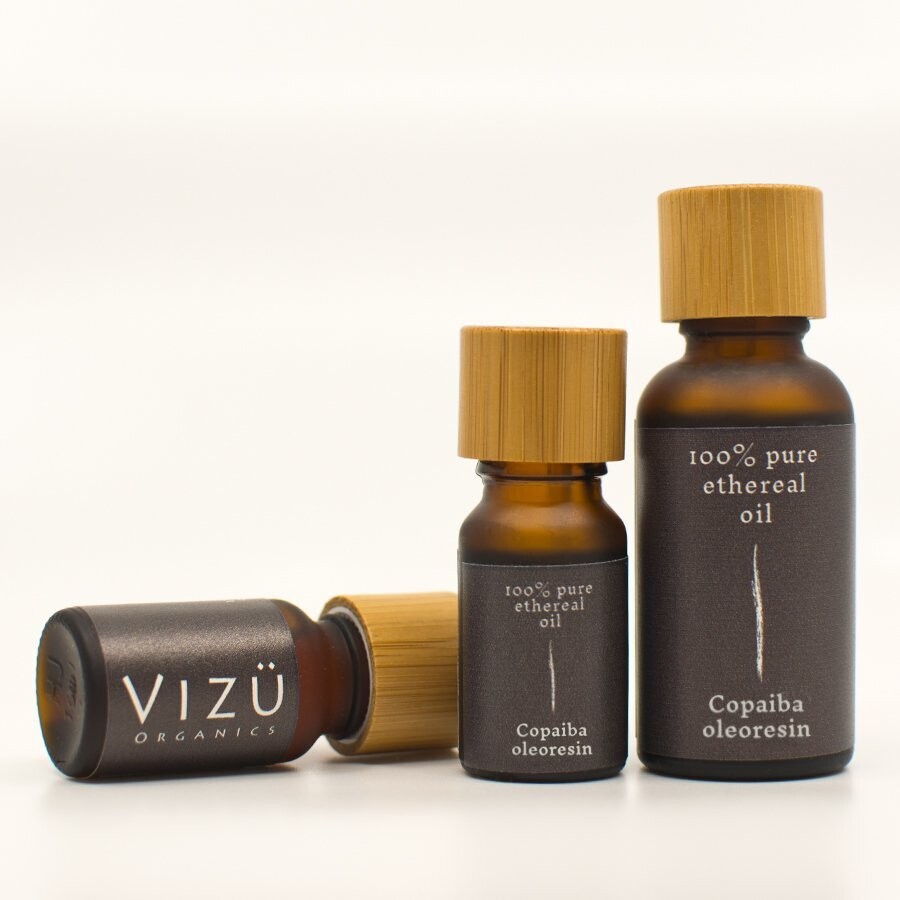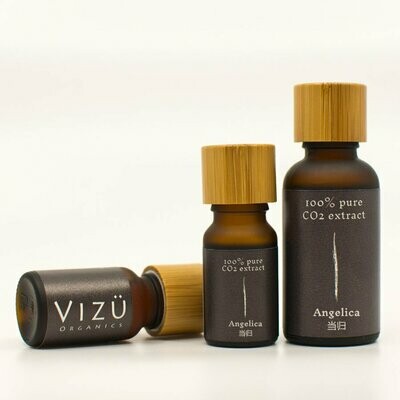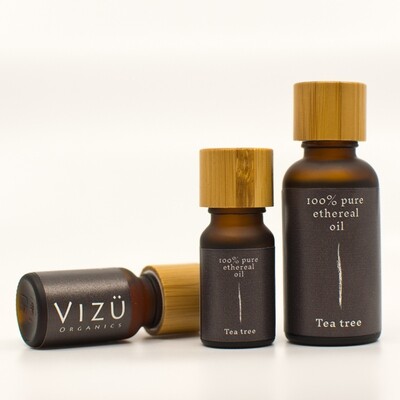Organic wild copaiba oleoresin
Botanical name:
Copaifera Officinalis
Origin: Amazon rainforest, Brazil
Extraction:
Tapping, wild harvested
Plant part
: Resin from tree trunk
Scent: Yellowish- light brown viscous liquid that is earthy-woody with sweet, warm resineous undertones.
Aromatherapy: Anti-viral and possess immuno-stimulant properties. Useful for respiratory issues. Calming, centering, brings peace and harmony; useful for meditation and healing old traumas.
Skin/bodycare: Anti-inflammatory, analgesic and anti-spasmodic with anti-tumoral benefits. Healing to muscle injuries, wounds and diseased skin conditions.
Blends well with: Other trees/woods and earthy resins.
Precautions: None known. A very safe oil.
Copaiba, known as the antibiotic of the forest, is one of the medicinal trees most widely used in the Amazon to treat inflammations and wounds. The Indians discovered the curative power of copaiba oil, and since then it has healed the minor as well as the life threatening injuries of thousands of native people. Rural people contend that far from the hospital or the pharmacy, copaiba oil is your best remedy.
Copaiba oleoresin is used to promote the growth of scar tissue for wounds and ulcers, as well as to treat serious and chronic skin diseases, such as dermatosis and psoriasis. In Rio Branco, the capital of Acre, it is most commonly taken for throat infections. Acre’s largest consumers are the elderly. In contrast, in Pará, all ages and social classes consider copaíba one of the most important natural remedies in Amazonia.
The local people discovered a variety in colour, scent, flavour and density of the oils. The clear oils tend to be favoured by medical industries and the darker oils tend to be used to make soap and to treat injured animals.
The copaiba tree is also known as the “oil wood”, “miracle tree” and “diesel oil tree” because it produces a thick, yellow, sticky medicinal oil that is extracted by making incisions in the trunk. Copaiba occurs in low densities in the forest, and for this reason great care must be taken in its extraction. In some places, people fell the trees or cut them deeply with a machete so that they may obtain higher volumes of oil than they can in a careful extraction. However, a deep cut wounds the tree and may lead to a fungal or insect infection from which it may not recover. When it suffers from a severe infection, a tree can die in as little as three years. With the correct method, it is possible to extract oil year after year with no ill effects.
The chemical composition of the oleoresin (oil-resin) of copaiba is thought to have approximately 72 sesquiterpenes (hydrocarbons) and 28 diterpenes (carboxylic acids), and the oil is composed by 50% of each of these terpenes.
Copaiba oleoresin also has anti-ulcer, anti-viral and anti-rhinovirus, anti-microbial, anti-inflammatory and anti-oxidant activity. It is frequently used and applied in the pharmaceutical and cosmetic industries. It is a well known product from the Amazon rainforest and it is being described in the British Pharmacopeia over 150 years ago.
Sustainabilty awareness:
A study in Peixe-Boi, in the Brazilian state of Pará, demonstrated that about 65% of native trees do not regenerate well after repeated cycles of slash and burn. Among the vulnerable species that have difficulty recuperating after logging and fire are copaíba, ipê-roxo, amapá and uxi. Barks, fruits and exudates from these species are used to treat wounds, tumours, respiratory diseases and nutritional deficiencies.
Such unique rain forest species are vital to the health and nutrition of Amazonians and to the world; they have no substitutes.
Urban consumer habits and demands for forest goods have enormous consequences for the forests. Thus, each of us is responsible for the health of the forest. Our actions will determine if forests perish or continue to be part of Amazonian life.
Please avoid
copaiba essential oil (via steam distillation process) and use copaiba oleoresin instead as it is more environmentally friendly – no trees or branches are cut down. The oleoresin is also more useful in healing due to its content of diterpenes such as kaurene, which is not found in the distilled oil.
Preservation of the Amazon rainforest:
VIZU collaborates with an ethical Brazilian manufacturer who practises fair trade and socio-environmental activities, involving the extraction of resources traded with the traditional communities of the Amazon. This is to ensure renewable, sustainable and stable supply chain models in the Amazon; respecting the limits of what nature provides.
Herbal Folk Tradition
In Brazil, plants that are extremely effective at curing ills, such as garlic, copaiba and andiroba, may be called “santo remedio” or “ remedy of the saints”.
All ages and social classes in Brazil consider copaiba one of the most important natural remedies in Amazonia. In some regions, the tea of the bark is used as an anti-inflammatory. In Belém, because of the high price of the oil, tinctures made from the bark are often used as a substitute.
As a sore throat remedy, the locals mix one or two drops of copaiba oil with a tablespoon of honey and take twice a day.
Copaiba oil is used as fuel to light up the night,as a forest latern for the villagers.
In southern Pará, copaiba is commonly used by ranchers. They pour oil on the ground near salt licks. When the cattle approach to eat the salt, their hooves become covered in oil, which prevents foot-and-mouth disease.
Copaíba fruits are appreciated by deer, tortoises, agouti, birds, pacas, monkeys, peccaries, squirrels and tapirs. Wounded animals lick and rub themselves with the oil that runs down the trees.






